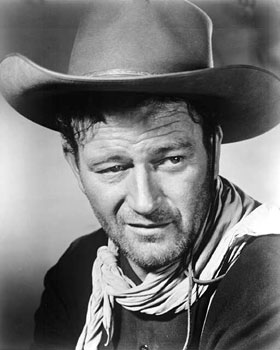Silko begins this section with the notion that many of her stories include landscapes that "featured the presence of elements out of the landscape, elements that directly influenced the outcome of events," and it seems that she didn't even realize at first that landscape was so important to her work. She had been so influenced by her personal landscape and the presence in her own life, that the inclusion of it in her stories became second nature.
One particular work she hones in on is a short story called "Storyteller". The landscape here is a specific place in Alaska in the Yukon Delta National Wildlife Refuge, and she gives a clear image of a harsh but beautiful wilderness. I took the liberty of googleing this site and here are some pictures from the places she describes:
One of the most powerful sections from this story is right after the murder scene where she says:
"For the Yupik people, souls deserving punishment spend varying lengths of time in a place of freezing. The Yupik see the world's end coming with ice, not fire. Although the white trader possessed every possible garment, insulation, heating fuel, and gadget ever devised to protect him from the frozen tundra environment, he still dies, drowning under the freezing river ice, because the white man had not reckoned with the true power of that landscape, especially not the power that the Yupik woman understood instinctively and that she used so swiftly and efficiently. The white man had reckoned with the young woman and determined he could overpower her. But the white man failed to account for the conjunction of the landscape with the woman. The Yupik woman had never seen herself as anything but a part of that sky, that frozen river, that tundra. The river;s ice and the blinding white are her accomplices, and yet the Yupik woman never for a moment misunderstands her own relationship with that landscape."
She basically makes the landscape the partner of the antagonist, an equal member in the plot, and of equal importance to her storytelling. I love how you can easily picture this landscape character as a living breathing component that holds its own place in her stories.
















